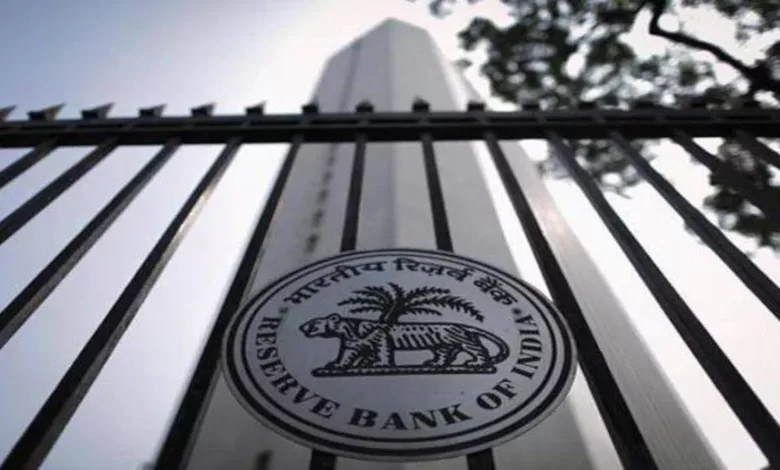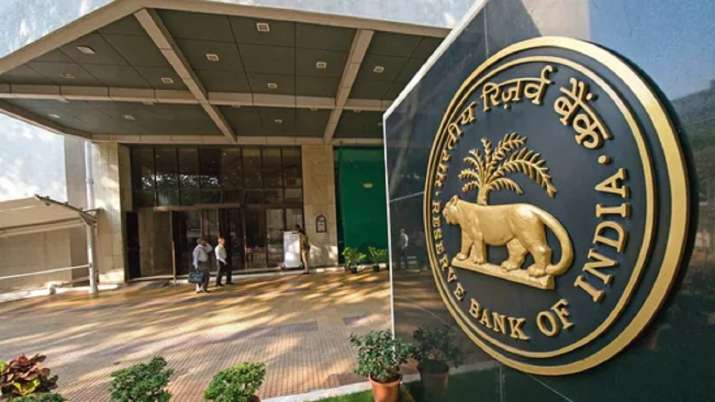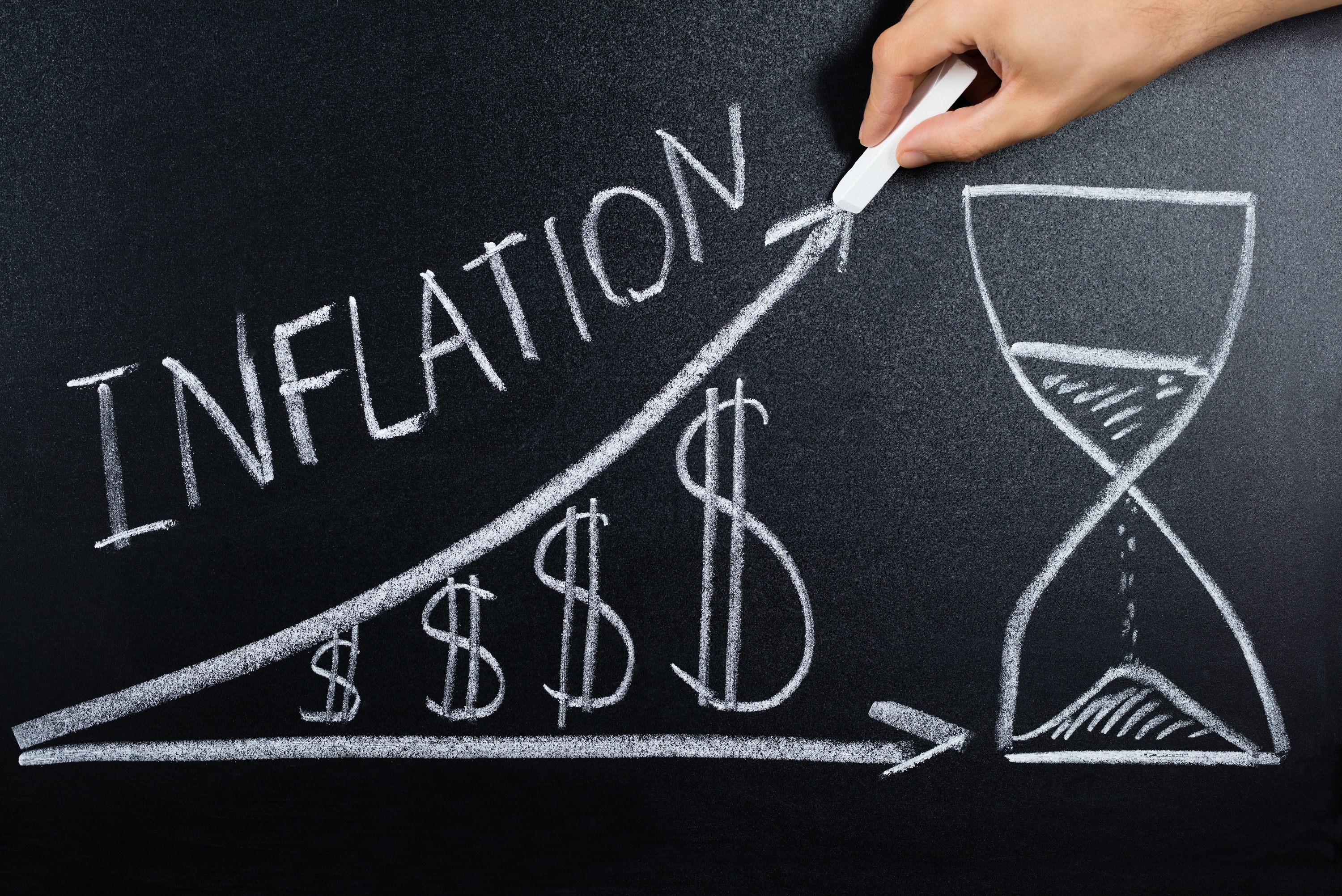Reserve Bank Of India (RBI)’s Latest Monetary Policy Stance – 2 contrasting problems : An Explanatory Guide

The particular stance of the motion revolved around the two contrasting problems
Recently, we had a conversation about the upcoming monetary policy review that the Reserve Bank of India (RBI) had to unveil to the people. The particular stance of the motion revolved around the two contrasting problems the central bank has at hand- inflation and growth. Evaluating the policy routes for both, we arrived at the conclusion that both come at a trade-off from the other, and that to achieve one, the other had to be let go.

We also examined how the current stance of promoting growth, by keeping the interest rates low isn’t commensurately translating into economic growth, the one we are trying to achieve. However, it still wasn’t feasible to let the worries of inflation take over whatever little chance we had at growth.
Wow, while it looks like a heated discussion, the recent monetary policy revealed by the Reserve Bank of India provides answers to all the problems we posed. So, consider the upcoming sections an explanatory guide, leading us to all the answers and solutions we were looking for before the release of the monetary policy review.
However, for that, let us first state what the review that took place on August 6 looked like. There were two primary revisions-
- Upward revision of inflation rate
- Downward revision of economic growth
Let’s give these stances some perspective now. The Central Bank decided to neither increase nor decrease the interest rates currently prevailing in the economy. What may at this point seem like no change, however, has a lot of policy parameters that went on in the background, and is definitive of the stance that the Reserve Bank has for the time to come.
To understand, consider first the purpose of these monetary policy reviews. Every two months, it evaluates its stance on the economic outlook and inflation levels of the country and makes appropriate changes as per the need.
What is the primary purpose of these economic outlook valuations by RBI?
For inflation, the Reserve Bank of India is required by law to keep the inflation within 2 per cent and 6 per cent, beyond which it has to explain itself to the parliament and make alterations in its approach. For economic growth, however, priority is the only factor nudging us towards it.
Why are we talking about growth in terms of priority? Well, it is because inflation and economic growth, beyond a reference point, move in opposite directions. Therefore, every time the Reserve Bank of India chooses to keep the growth as their primary target, they are putting it over, or to be more precise, prioritising over, inflation.

Since Shaktikanta Das took over the reins, prioritising growth over inflation curbing has been the case. Now, the thing is, the trade-off hadn’t felt like a tangible concern because inflation had been well within the targeted limits for a long time, until late 2019. Since then, the inflation rate has been well above the upper limit of the target bracket at 6 per cent.
This ties the Central Bank’s hands from reducing the interest rates or inducing growth, even during the time of the covid-19 pandemic led recession, which created an upheaval of liquidity in the economy. The problem is, however, that liquidity also leads to inflation, and thanks to the supply gaps thanks to economic mobility restrictions from the pandemic, the price levels rose way beyond acceptable limits, giving us the high inflation rates we are looking at today.
Along with that, banks have also parked a lot of money with the Central Bank, through the reverse repo rate. These large parked funds are representative of unused funds. But why do the banks have this much unused funds? Well, the following reasons would settle the case-
1. Risk-averseness of commercial banks.
The country has been an upsurge of non-performing assets and bad loans in the past period. These experiences have made banks critical about the people they hand over the loans to. And especially during the time of the pandemic, when businesses were shutting down faster than it takes for them to get approved, the loan granting willingness of the banks was considerably low.
2. Low credit demand among businesses.
A recent report published by the State Bank of India explained how the credit demand by firms remains at a low, despite numerable attempts by banks to stimulate them. This is representative of the deleveraging strategy adopted by the businesses, and their low willingness to undertake longer term investment drive.
So, I’m guessing you now know why the Reserve Bank of India kept the repo rates unchanged in their latest policy review. Had they wanted to change their approach to curbing inflation, they would have increased the repo rates. As mentioned, cutting repo rates isn’t an option thanks to the retail inflation staring right at our faces. Therefore, the current policy action explains two characteristics of the Reserve Bank of India’s stance- prioritising growth over inflation, no matter how weak, and being accommodative to economic growth.
So, what does the increase in the inflation forecast imply?

Well, for all the advocates of lower inflation, it is not good news. This revision in the forecast is another sign of the fact that this inflation is turning out to be more persistent than we initially thought it to be.
A major problem with this is that the Reserve Bank has been escaping the charge of high inflation by stating it to be transitory time and again. However, as time passes by and upward revisions keep happening, it would be hard to convince the people that it is transitory, forcing them to revise their expectations of the inflationary valve.
What would happen if people revise their expectations of inflation?
A corollary of this upward revision in inflation and eventually, in people’s expectations is that actual inflation is a direct function of expectations of inflation. Precisely, if people’s expectations of inflation in the period to come to go up, they would demand higher wages from their employers to keep at the same, or relatively closer, real income level. This revision in wages is further translated into an increase in the price level, increasing the overall inflation level in the longer run.
Therefore, if so happens, inflation would be there to stay.
Along with that, it is also to be kept in mind that the discretionary demand is still on the low in the economy, and as it revives, which we hope is soon enough; the inflation levels would go even higher. If the inflation in the coming period grows on the back of this one, it would become difficult for the Reserve Bank to prioritise growth over inflation.
How do the low-interest rates affect different sections of the economy?
Well, as for businesses and borrowers, it is a good thing since the high inflation prevailing in the economy makes the real interest rates go down.
For poor people, however, it is a bad thing because inflation makes their purchasing power go down a notch, especially at a time when people have exhausted most of their savings. Not only that, this high inflation is eroding the value of savers’ money since the real interest rate earned on their savings is being overshadowed by this high inflation.

“Since the start of the pandemic, the Monetary Policy Committee has prioritised revival of growth to mitigate the impact of the pandemic. The available data point to exogenous and largely temporary supply shocks driving the inflation process, validating the MPC’s decision to look through it.
The supply-side drivers could be transitory while demand-pull pressures remain inert, given the slack in the economy. A pre-emptive monetary policy response at this stage may kill the nascent and hesitant recovery that is trying to secure a foothold in extremely difficult conditions,” explained Shaktikanta Das, the governor of the Reserve Bank of India.




